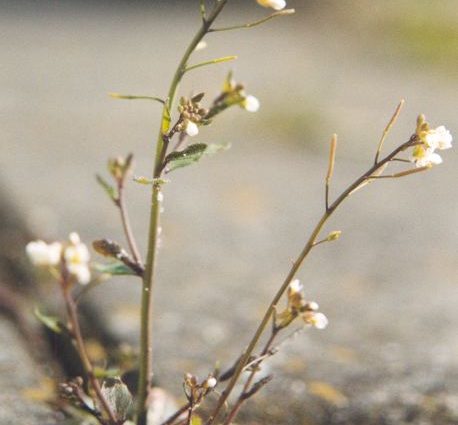Three Chinese astronauts will conduct five life-science experiments within the next five months following the spacecraft Shenzhou-16’s successful docking with China’s Tiangong space station on Tuesday.
Three experiments will look into how stem cells, plant hormones and protein formation are affected by the microgravity environment while two others are aimed at discovering how nematodes, or roundworms, are hurt by gamma rays in space and how the damage can be measured through biomarkers.
The experiment kits have a total volume of 95 liters and weigh about 23.6 kilograms, said the Chinese Academy of Sciences (CAS). The experiments are aimed to provide information that will allow for astronauts to stay in space for longer periods of time, it added.
Chinese scientists and state media explained the goals and challenges of the five experiments on Tuesday and Wednesday.
A protein formation experiment, led by CAS Academician Zhao Yufen, will be conducted for the first time in space to try to ascertain whether life on Earth was created domestically or brought from elsewhere.
“Different enzymes play their roles during the formation of protein – but how was it done before life was created?” Liu Yan, an associate professor at the College of Chemistry and Chemical Engineering at Xiamen University, explained to the China Science Daily on Tuesday.
“We want to find out how the three most important life elements – amino acids, nucleotides and phosphate groups – will work together in the microgravity environment in the space station.”
In the formation of protein, the genetic codes on DNA are transferred to a messenger RNA (mRNA) in a process called transcription, which can be accelerated by enzymes, according to Nature.com. Following the sequence on mRNA, amino acids can be linked together to become a polypeptide in a process called translation. Polypeptide then becomes protein.
Astronauts in the space station and scientists on Earth will run the same transcription and translation processes without enzymes simultaneously to see whether gravity plays a role in life creation. The other two gravity and two gamma ray experiments are more common and straightforward.
A team led by Cai Weiming, a researcher of the CAS Center for Excellence in Molecular Plant Sciences, will test whether Arabidopsis (thale cress) seeds will grow differently in the first 10 days of their bud stage with and without gravity. Before this, the first batch of Arabidopsis seeds were already sent to the space station by Shenzhou-15 last November.

With the gravity on Earth, plant hormones can guide the roots to grow downward toward water. Scientists want to know how plant hormones will work without gravity.
Similar experiments about plant gravity perception have been done by Western astronauts, according to NASA’s website.
Another team led by Long Mian, a researcher at the CAS Institute of Mechanics, sent liver and endothelial stem cells to the space station to see whether they will grow differently in the microgravity environment.
A team led by Sun Yeqing, a professor at the Dalian Maritime University, will manage two experiments involving nematodes.
“Nematodes are widely used in life science research as their genes have a certain homology with the human genome,” said Zhao Lei, an associate professor at the Dalian Maritime University. “We use nematodes to study the mechanism of biological effects of space radiation and look for biological markers for space radiation measurement.”
One of these two experiments is aimed at checking how nematodes can repair their DNA and reproduce themselves while exposed to gamma rays. Similar experiments have been done before in space.
Another experiment will be conducted to measure the radiation damage suffered by nematodes and the associated relevant biomarkers, which will help astronauts improve their protection from radiation in the future.

“Nematodes are cultivated in a solution but they are not dormant,” said Cang Huaixing, a chief researcher for the space station’s scientific experiments at the Technology and Engineering Center for Space Utilization under the CAS.
“They can only be brought from the laboratory to the rocket platform seven hours before the launch, and from the platform to the spacecraft five hours before the launch.”
On Tuesday morning, the Shenzhou-16 manned spaceship carrying three Chinese astronauts, namely Jing Haipeng, Zhu Yangzhu and Gui Haichao, and their experiment kits was successfully launched.
After entering orbit, the spaceship docked with the space station. The Shenzhou-16 crew will rotate with the Shenzhou-15 crew in orbit.
Apart from life science experiments, the Shenzhou-16 crew will also conduct more than 50 in-orbit tests and experiments on space science and application payloads, Chinese media reported.
They will study novel quantum phenomena and high-precision space time-frequency systems, as well as teach a space class to students back on Earth.
Read: China’s first Mars rover may sleep forever
Follow Jeff Pao on Twitter at @jeffpao3

